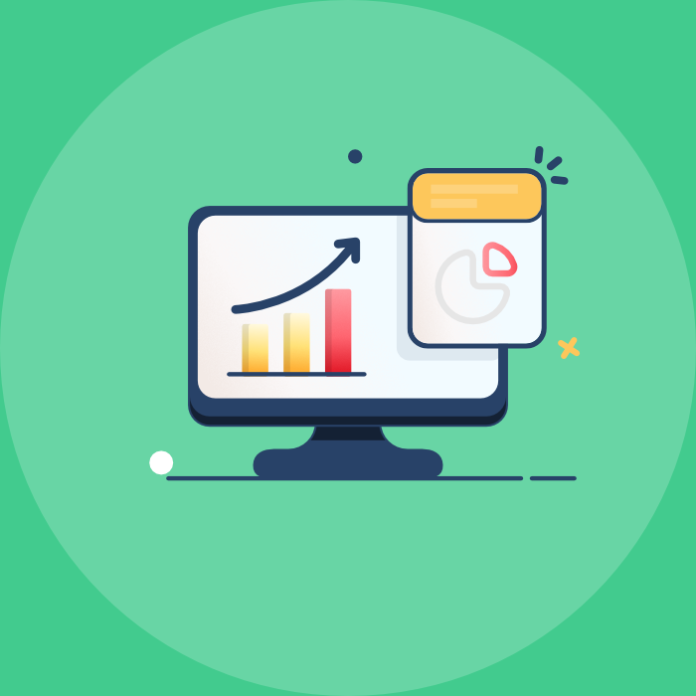A blog is an important element of each site that can help bring new customers. How to increase its traffic? Here is the guide!
Increasing blog traffic: step by step
Getting traffic is not done by chance. More than quality content is needed to position yourself on search engines. There are different techniques for Google to make you appear in the first results, and people strive for it, as when you appear on the first page, you can increase your traffic and find potential customers for the products and services you sell.
The referencing of a site is done in several steps, and we will unveil them now! These tips are provided by https://seclgroup.com/ experts, so they really do work: these guys have a truly impressive experience.
Table of Contents
1 – Find your keywords
Positioning yourself on search engines means positioning yourself on keywords. Internet users type words in the Google search bar, and the most frequently searched words become keywords.
At the same time, it is essential to ensure that the level of competition is not too high to be able to position yourself on keywords that have a lot of research and for which the number of blogs that are already positioned on these keywords is not too numerous.
You will have to find not only an interesting main keyword for your blog, but a relevant keyword for each article you write. The tool you can use if you don’t have a budget is the one offered free of charge by Google called Google Keyword Planner. Otherwise, a more professional tool is Ahrefs which is one of the best tools to optimize the referencing of an article and a blog in general.
This tool is a key step in your communication strategy, which allows you to reach all Internet users making queries on your topic.
2 – Internal SEO
What can be called internal SEO includes all the methods to offer content that will please Google. Certainly the heart of SEO is obtaining backlinks, but you must first have content in line with Google’s requirements to appear on the first page.
For sites under WordPress, the first step is to install a free WordPress plugin called Yoast SEO. This extension tells you if your content is optimized in terms of SEO.
In concrete terms, your content must contain internal links as well as external links to quality sites. You must have articles that are at least 1000 words long for Google to consider them as quality articles. Your keyword must appear in the title, in your meta description and several times in the content of your article. You must also insert visuals and organize your content into paragraphs, which will make the article more pleasant for your users to consult.
In addition to the Yoast SEO plugin to optimize your content, we recommend installing Akismet which allows you to filter all spam in comments. If you have a lot of spam on your site, you may be sanctioned on Google. And this plugin is free, and its installation will only take a few seconds.
At the same time, we recommend installing W3 total cache, which allows you to save pages already generated without generating new database queries. This reduces loading time, which is very good for your performance and that’s what Google likes.
3 – Get backlinks
As soon as your internal SEO is optimized, you will move on to obtaining links, which will allow you to position yourself among the very first pages in Google search results.
A few years ago, all the links we got on the Internet gave us points, but Google now has much more precise rules. This is why it is essential to obtain links to sites with a theme similar to yours, to quality sites, regularly updated ones, and in the same language. Theoretically, any other link is not interesting to reference your site.
- Among the strategies that exist to obtain links that correspond to your topic, there is, first and foremost, writing content for external sites. The principle is as follows: you write quality articles for sites in themes related to yours, and you can integrate links from your site into the article. The advantage is that you can place the links you want in the article, provided of course that you agree with the site on the links you can insert and on the publication conditions required by the site with which you collaborate.
- The second strategy is to contact site owners that are no longer up to date. The idea is to find articles or pages with obsolete links. And the more links the article contains, the more likely you are to find them. To find this type of page, you can for example, type on Google “Useful resources on…” by completing with the name of your theme. Once you find an interesting page, you can then use the Google Chrome plugin called Check my Links to detect obsolete links. The final step is to inform the site. Tell them the links that are not up to date, then offer them to integrate into this same page your site that concerns the same theme and is up to date.
- Finally, a technique that works very well now is computer graphics. The idea is to write a quality page with many diagrams on a theme that interests many Internet users. Also, mention well-known bloggers in this infographic. And once you publish, you can contact all the bloggers mentioned as well as all the bloggers dealing with your theme to offer them to share the infographic with their audiences. As it is a very interactive page, many bloggers like to mention and share infographics in order to receive as many reactions as possible, in the form of shares and comments, from their Internet users.
Conclusion
Finally, SEO now goes through several stages, and each is essential to have a blog with a lot of traffic. If you optimize your content and the links you get are of quality, traffic will gradually arrive, in a few months or even weeks if Google recognizes you as a quality site.



